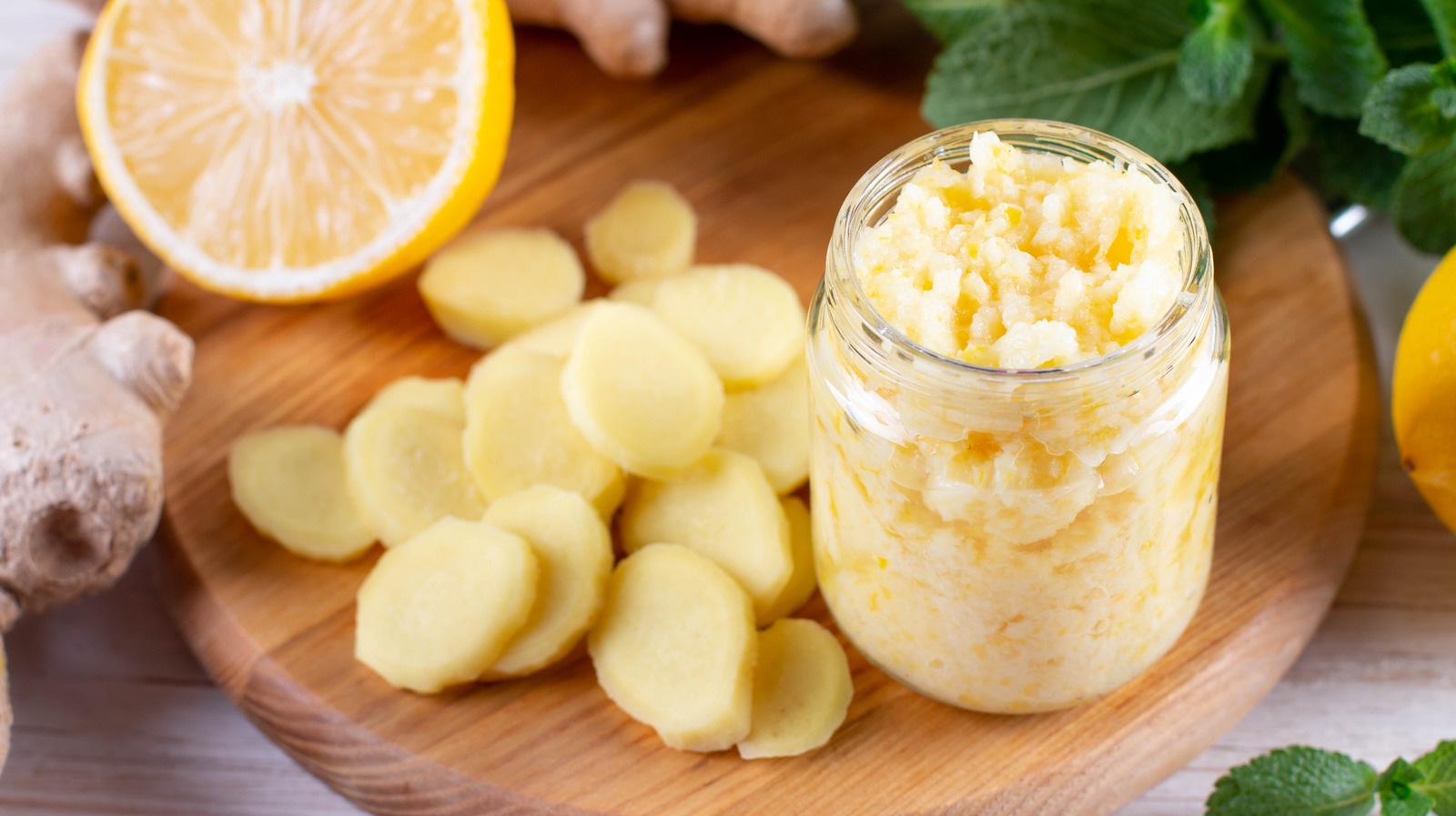

Articles
How To Store Fresh Peeled Ginger
Modified: February 23, 2024
Learn the best way to store fresh peeled ginger to keep it fresh and flavorful longer. Read our informative articles for tips and tricks.
(Many of the links in this article redirect to a specific reviewed product. Your purchase of these products through affiliate links helps to generate commission for Storables.com, at no extra cost. Learn more)
Introduction
Ginger, with its unique flavor and numerous health benefits, is a versatile ingredient that is used in various cuisines around the world. Whether you use it in stir-fries, soups, curries, or even tea, ginger adds a zesty kick to any dish. However, fresh ginger root can sometimes be quite large, and you may not always need to use the entire piece in one go. So, what do you do with the leftover ginger?
This is where the importance of storing fresh peeled ginger comes into play. Proper storage ensures that you can preserve ginger’s flavor and shelf life for longer periods, allowing you to enjoy its benefits whenever you need it. In this article, we will discuss the different methods and factors to consider when storing fresh peeled ginger to ensure its longevity and quality.
Before we dive into the storage methods, let’s take a look at why it is necessary to store fresh peeled ginger properly.
Key Takeaways:
- Store fresh peeled ginger in airtight containers to prolong its shelf life, save time in the kitchen, and have it readily available for various culinary creations.
- Consider pickling, freezing, or vacuum sealing ginger to preserve its flavor and texture, ensuring it remains fresh and flavorful for extended periods.
Read more: How To Store Peeled Ginger
Why Store Fresh Peeled Ginger
Storing fresh peeled ginger is essential for several reasons:
- Prolong Shelf Life: Fresh ginger root has a limited shelf life, typically lasting only a few weeks at room temperature. By storing it properly, you can extend its freshness and usability for up to several months, allowing you to have ginger readily available whenever you need it.
- Convenience: Peeling and preparing ginger can be time-consuming, especially when you need it in small quantities. By storing peeled ginger, you can save time in the kitchen and have pre-prepared ginger on hand, making your cooking process more efficient.
- Cost-Effective: Buying ginger in bulk when it’s available at a lower price and storing it properly can save you money in the long run. It prevents wastage and eliminates the need to frequently purchase smaller amounts of ginger at higher prices.
- Accessibility: Having fresh peeled ginger readily available allows you to incorporate its unique flavor into your dishes whenever inspiration strikes. Whether it’s a spontaneous culinary creation or a recipe that calls for ginger, having it on hand eliminates the need for last-minute grocery store trips.
- Health Benefits: Ginger offers a range of health benefits, including aiding digestion, reducing inflammation, and boosting the immune system. By storing fresh peeled ginger properly, you can ensure that its beneficial properties are preserved for longer, allowing you to reap its health benefits whenever you consume it.
Now that we understand the importance of storing fresh peeled ginger, let’s explore the factors to consider before storing ginger to ensure optimal results.
Factors to Consider Before Storing Ginger
Before storing fresh peeled ginger, it’s important to consider a few factors that can affect its longevity and quality. By taking these factors into account, you can ensure that your stored ginger remains fresh and flavorful for as long as possible:
- Freshness: Selecting fresh ginger is crucial for successful storage. Look for ginger that has smooth, taut skin and is firm to the touch. Avoid ginger that is wrinkled, soft, or has any signs of mold.
- Quality: It’s important to choose high-quality ginger for storage. Organic ginger is often preferred as it is free from pesticides and other chemicals that may affect its flavor and longevity.
- Size of Ginger: Consider the size of the ginger root when deciding how much to peel and store. It’s best to peel and store ginger in smaller portions to minimize waste. This allows you to use only what you need without exposing the rest of the ginger to air and moisture.
- Storage Containers: The choice of storage containers can impact the freshness and aroma of stored ginger. Opt for airtight containers, such as glass jars or plastic containers with tight-fitting lids. Ensure that the containers are clean, dry, and free from any odors that can seep into the ginger.
- Temperature: Ginger should be stored at a cool and dry temperature to prevent it from sprouting or becoming moldy. The ideal temperature range for storing ginger is between 55-60°F (13-15°C).
- Avoid Moisture: Ginger is prone to moisture, which can cause it to spoil quickly. It’s important to keep ginger away from humid areas in your kitchen. Moisture can encourage the growth of mold and bacteria, reducing the shelf life of the ginger.
- Avoid Light: Ginger should be stored in a dark place, away from direct sunlight. Exposure to light can cause the ginger to sprout and deteriorate more quickly.
- Preparation: It is advisable to wash and thoroughly dry the ginger root before peeling and storing it. This helps remove any dirt or residue that may contribute to spoilage.
By considering these factors, you can significantly increase the shelf life and overall quality of your stored ginger. Now, let’s delve into the different methods you can use to store fresh peeled ginger.
Methods for Storing Fresh Peeled Ginger
There are several methods you can employ to store fresh peeled ginger, each with its own advantages and considerations. Let’s explore five popular methods:
- Method 1: Refrigeration: Refrigeration is a common method for storing fresh ginger. Start by peeling and slicing the ginger into small, manageable pieces. Place the ginger in an airtight container or zip-top bag and store it in the refrigerator. This method can keep the ginger fresh for up to 2-3 weeks.
- Method 2: Freezing: Freezing is an excellent method for long-term storage. Start by peeling and chopping the ginger into small pieces or grating it. Arrange the ginger on a baking sheet lined with parchment paper and place it in the freezer until frozen. Once frozen, transfer the ginger into an airtight container or freezer bag and store it in the freezer for up to 6 months.
- Method 3: Pickling: Pickling is a flavorful way to store fresh ginger. Peel the ginger and slice it into thin matchstick-like pieces. Bring a mixture of vinegar, sugar, and salt to a boil and pour it over the ginger in a clean jar. Allow the pickled ginger to cool, then seal the jar and store it in the refrigerator. Pickled ginger can last for several months when refrigerated.
- Method 4: Drying: Drying ginger is a traditional method for preservation. Peel the ginger and slice it thinly. Lay the ginger slices on a drying rack or baking sheet lined with parchment paper. Place the rack or sheet in a well-ventilated area or use a food dehydrator. Allow the ginger to dry completely, which can take a few days to a week depending on the drying method. Once dried, store the ginger in an airtight container in a cool, dark place. Dried ginger can last for several months.
- Method 5: Vacuum Sealing: Vacuum sealing is an efficient way to store fresh peeled ginger. After peeling and slicing the ginger, place it in a vacuum-sealed bag or use a vacuum sealer to remove the air. The absence of oxygen helps preserve the ginger’s freshness for a longer period. Vacuum-sealed ginger can be stored in the refrigerator for up to 2-3 weeks.
Each of these methods has its own advantages and determines the longevity and usage of the stored ginger. Choose a method that suits your needs and available resources. Remember to label and date your stored ginger to keep track of its freshness. Additionally, follow proper food safety guidelines when handling and storing ginger to ensure its hygiene.
Now that we have explored the different storage methods, let’s discuss some important tips to ensure that your ginger stays fresh and flavorful throughout its storage period.
Method 1: Refrigeration
Refrigeration is a commonly used method for storing fresh peeled ginger, keeping it fresh and usable for a longer period. Here’s how you can do it:
- Start by peeling the ginger root. You can use a vegetable peeler or the edge of a spoon to remove the skin.
- Once peeled, slice the ginger into small, manageable pieces. You can slice it into coins, julienne strips, or dice it, depending on your preference and intended use.
- Place the sliced ginger in an airtight container or zip-top bag. Make sure to remove as much air as possible before sealing the container or bag.
- Label the container or bag with the date to keep track of its freshness.
- Store the ginger in the refrigerator, preferably in the crisper drawer or the coolest part of the refrigerator. The optimal temperature for ginger storage is between 32-40°F (0-4°C).
- Make sure that the ginger is not in direct contact with other strongly flavored foods, as it can absorb odors. Keeping it in a separate container or zip-top bag helps maintain its unique flavor.
- When needed, take out the required amount of ginger from the refrigerator, reseal the rest, and promptly return it to the refrigerator.
Refrigerated ginger can stay fresh for up to 2-3 weeks. However, keep in mind that the flavor and potency may diminish over time, so it’s best to use refrigerated ginger within the first week for optimal taste and aroma.
Now that you know how to store fresh peeled ginger in the refrigerator, let’s explore the next method: freezing.
Read more: How To Store Peeled Ginger Root
Method 2: Freezing
Freezing is an excellent method for long-term storage of fresh peeled ginger. It allows you to preserve the flavor and texture of ginger for up to 6 months. Here’s how you can freeze ginger:
- Start by peeling the ginger root using a vegetable peeler or the edge of a spoon. Removing the skin will help maintain the quality of the ginger during freezing and thawing.
- Once peeled, chop the ginger into small pieces or grate it, depending on your preference and intended use. Smaller pieces thaw more quickly and are easier to measure out when needed.
- Arrange the ginger on a baking sheet lined with parchment paper. Make sure the ginger pieces are not touching each other, allowing for better airflow and preventing them from sticking together.
- Place the baking sheet in the freezer and let the ginger freeze for a few hours or until the pieces are solid. This initial freezing on the baking sheet prevents the ginger from clumping together when stored.
- Once frozen, transfer the ginger pieces into an airtight container or freezer bag. Remove as much air as possible before sealing the container or bag to prevent freezer burn.
- Label the container or bag with the date, indicating when the ginger was frozen.
- Return the container or bag to the freezer and store it at a temperature of 0°F (-18°C) or below.
When you need ginger for a recipe, simply take out the desired amount from the frozen container or bag. You can chop or grate it directly without thawing, or allow it to thaw for a few minutes before using, depending on your preference and the recipe requirements.
Remember to promptly return the remaining ginger to the freezer to maintain its quality and prevent thawing. Frozen ginger can be stored for up to 6 months, but it’s best to use it within the first 3 months for optimal flavor and texture.
Now that you know how to freeze ginger, let’s explore another method: pickling.
Store fresh peeled ginger in a resealable plastic bag in the refrigerator. Make sure to squeeze out any excess air before sealing the bag to keep the ginger fresh for up to 2 weeks.
Method 3: Pickling
Pickling is a flavorful way to store fresh peeled ginger. Not only does it preserve the ginger’s freshness, but it also adds a tangy twist to your dishes. Here’s how you can pickle ginger:
- Start by peeling the ginger root, ensuring that all the skin is removed. Using a vegetable peeler or the edge of a spoon works well for this task.
- Once peeled, slice the ginger into thin, matchstick-like pieces. This allows the ginger to absorb the pickling flavors more effectively.
- In a small pot, combine equal parts rice vinegar and water. Add sugar and salt to taste, typically about 1 tablespoon each per cup of liquid. You can adjust the quantities according to your preference for sweetness and saltiness.
- Bring the vinegar mixture to a boil, stirring until the sugar and salt dissolve completely.
- Place the sliced ginger in a clean glass jar or container. Make sure the container has an airtight seal to prevent air from entering.
- Pour the hot vinegar mixture over the ginger, ensuring that all the ginger slices are thoroughly covered.
- Allow the pickling solution to cool to room temperature, then seal the jar or container with a tight lid.
- Transfer the jar to the refrigerator and let the ginger pickle for at least 24 hours. The longer you let it pickle, the stronger and more flavorful the ginger will become.
- Pickled ginger can be stored in the refrigerator for several months. The acidity of the vinegar acts as a natural preservative, extending the shelf life of the ginger.
Use your pickled ginger as a zesty accompaniment to sushi, as a condiment for sandwiches or salads, or as a flavorful addition to stir-fries and marinades. Its tangy and slightly spicy taste adds a delightful twist to various dishes.
Now that you have learned how to pickle ginger, let’s explore another method: drying.
Method 4: Drying
Drying ginger is a traditional method of preserving its flavor and aroma for an extended period. Dried ginger can be used in various culinary creations, such as spice blends, teas, and baked goods. Here’s how you can dry ginger:
- Start by peeling the ginger root, ensuring that all the skin is removed. Use a vegetable peeler or the edge of a spoon to make the peeling process easier.
- Once peeled, slice the ginger into thin, uniform pieces. The thinner the slices, the faster they will dry.
- Place the ginger slices on a drying rack or a baking sheet lined with parchment paper. Ensure that the pieces of ginger are spread out evenly and not touching to allow proper airflow.
- Set the drying rack or baking sheet in a well-ventilated area or use a food dehydrator. If opting for air drying, choose a cool, dry location away from direct sunlight.
- Allow the ginger slices to dry completely. The drying process can take a few days to a week, depending on the humidity and temperature of your drying environment.
- Check the ginger periodically to ensure that it is drying evenly and there are no signs of moisture or mold. Discard any slices that show signs of spoilage.
- Once the ginger slices are completely dried and brittle, remove them from the drying rack or baking sheet.
- Carefully crush or grind the dried ginger into a powder using a mortar and pestle, spice grinder, or a food processor. Alternatively, you can keep the ginger slices whole for use in teas or infusions.
- Store the dried ginger in an airtight container placed in a cool, dark place, away from light and moisture. Properly stored, dried ginger can maintain its quality for several months.
Use dried ginger in various recipes that call for its distinctive flavor and warmth. It can be added to curries, stews, baked goods, and spice blends, or used to make soothing ginger tea. Its concentrated flavor and long shelf life make it a convenient pantry staple.
Now that you know how to dry ginger, let’s explore the final method: vacuum sealing.
Method 5: Vacuum Sealing
Vacuum sealing is an efficient method for storing fresh peeled ginger, as it removes air and helps maintain its freshness for a longer period. Here’s how you can vacuum seal ginger:
- Start by peeling and chopping the ginger root into small, manageable pieces. You can slice it, dice it, or grate it, depending on your preference and intended use.
- Place the ginger pieces in a vacuum-sealed bag or a vacuum-sealing container. Make sure to spread them out evenly and avoid overcrowding.
- Follow the manufacturer’s instructions for your vacuum sealer to remove the air from the bag or container and create an airtight seal. If using a vacuum-sealing bag, ensure that it is properly sealed on all sides.
- Label the bag or container with the date to keep track of its freshness.
- Store the vacuum-sealed ginger in the refrigerator at a temperature between 32-40°F (0-4°C).
- When you need ginger for a recipe, simply open the vacuum-sealed bag or container, take out the desired amount, and promptly reseal the rest to maintain its freshness.
Vacuum-sealed ginger can stay fresh for up to 2-3 weeks. The removal of air prevents the ginger from exposure to oxygen, helping to preserve its flavor and quality. Vacuum sealing is a popular method for those who frequently use smaller quantities of ginger or want to maximize freshness.
Now that you have learned how to vacuum seal ginger, let’s move on to some important tips for properly storing ginger.
Read more: How To Store Fresh Ginger In The Freezer
Tips for Properly Storing Ginger
Properly storing ginger ensures that it remains fresh and flavorful for as long as possible. Here are some helpful tips to keep in mind when storing ginger:
- Keep it dry: Moisture can cause ginger to spoil quickly. Before storing, make sure the ginger is completely dry to prevent the growth of mold and bacteria. Pat it dry with a paper towel if necessary.
- Store in suitable containers: Use airtight containers, such as glass jars or plastic containers with tight-fitting lids, to store ginger. These containers prevent air and moisture from entering, helping to maintain the ginger’s freshness.
- Avoid exposure to light: Ginger should be stored in a dark place, away from direct sunlight. Light can degrade the ginger’s quality and flavor over time. Consider using opaque containers or storing it in a pantry or cupboard.
- Do not refrigerate unpeeled ginger: Unlike peeled ginger, unpeeled ginger should not be stored in the refrigerator. The moisture inside the refrigerator can make unpeeled ginger more susceptible to mold and spoilage.
- Keep ginger away from strong odors: Ginger has a porous skin that can absorb strong odors. Keep it away from pungent foods like onions, garlic, or spices to prevent cross-contamination of flavors.
- Label and date: When storing ginger, always label the container or bag with the date. This helps you keep track of its freshness and ensures that you use the oldest ginger first.
- Use appropriate portion sizes: To minimize waste, store ginger in small, manageable portions. This way, you can take out only what you need without exposing the rest of the ginger to air and moisture.
- Regularly check for freshness: Periodically check stored ginger for any signs of mold, softness, or spoilage. Discard any pieces that appear damaged to prevent it from affecting the rest of the stored ginger.
- Consider multiple storage methods: Different storage methods serve different purposes. It’s a good idea to use a combination of methods, such as refrigeration, freezing, or pickling, to have ginger available in various forms for different culinary needs.
By following these tips, you can prolong the shelf life of ginger and ensure its freshness and quality for an extended period. Whether you’re storing ginger for everyday use or preserving it for future culinary creations, these guidelines will help you make the most of this versatile ingredient.
Now that we’ve covered some essential tips, let’s wrap up our discussion.
Conclusion
Storing fresh peeled ginger is a practical and efficient way to preserve its flavor and make it readily accessible whenever you need it. Whether you choose to refrigerate, freeze, pickle, dry, or vacuum seal ginger, each method offers its own advantages and considerations. By taking into account factors such as freshness, quality, temperature, and storage containers, you can ensure that your stored ginger remains fresh and flavorful for longer periods.
Refrigeration is a popular method, allowing ginger to stay fresh for a few weeks. Freezing ginger provides a long-term storage option, lasting up to 6 months. Pickling gives ginger a tangy twist, while drying it preserves its flavor for use in various dishes. Vacuum sealing is ideal for those who frequently use smaller quantities of ginger and want to maximize freshness.
Remember to consider the size of the ginger, choose proper storage containers, and keep it away from moisture and strong odors. Labeling and dating your stored ginger helps keep track of its freshness. Additionally, periodically check ginger for any signs of spoilage to ensure its quality.
By properly storing fresh peeled ginger, you can prolong its shelf life, save money, and have this versatile ingredient on hand whenever your culinary creations call for a zesty kick. Explore the different storage methods, experiment with using ginger in various forms, and enjoy the benefits of this flavorful and health-promoting root.
So next time you have leftover ginger, don’t let it go to waste. Store it properly and embrace the convenience and flavor of having fresh ginger readily available in your kitchen.
Frequently Asked Questions about How To Store Fresh Peeled Ginger
Was this page helpful?
At Storables.com, we guarantee accurate and reliable information. Our content, validated by Expert Board Contributors, is crafted following stringent Editorial Policies. We're committed to providing you with well-researched, expert-backed insights for all your informational needs.
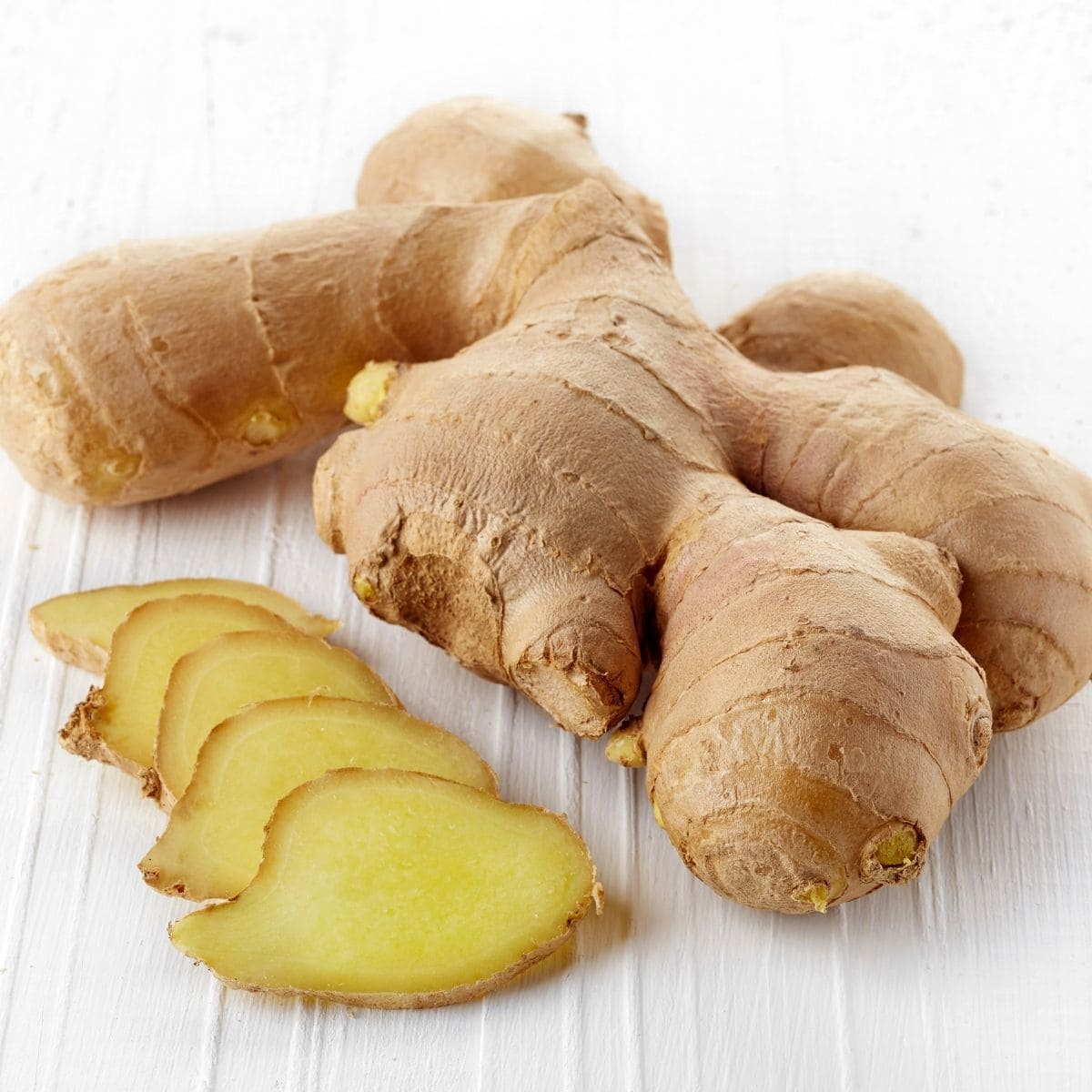
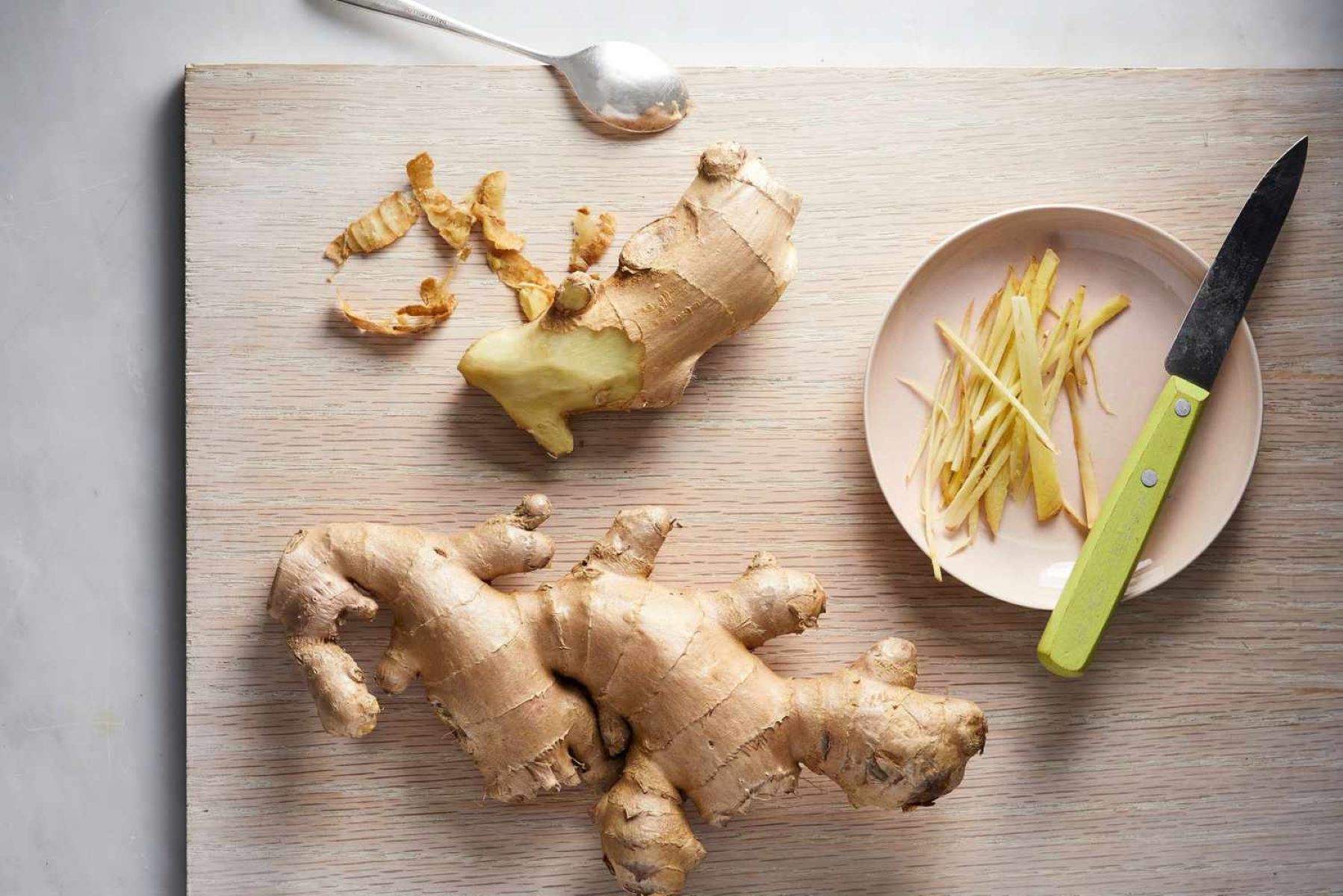
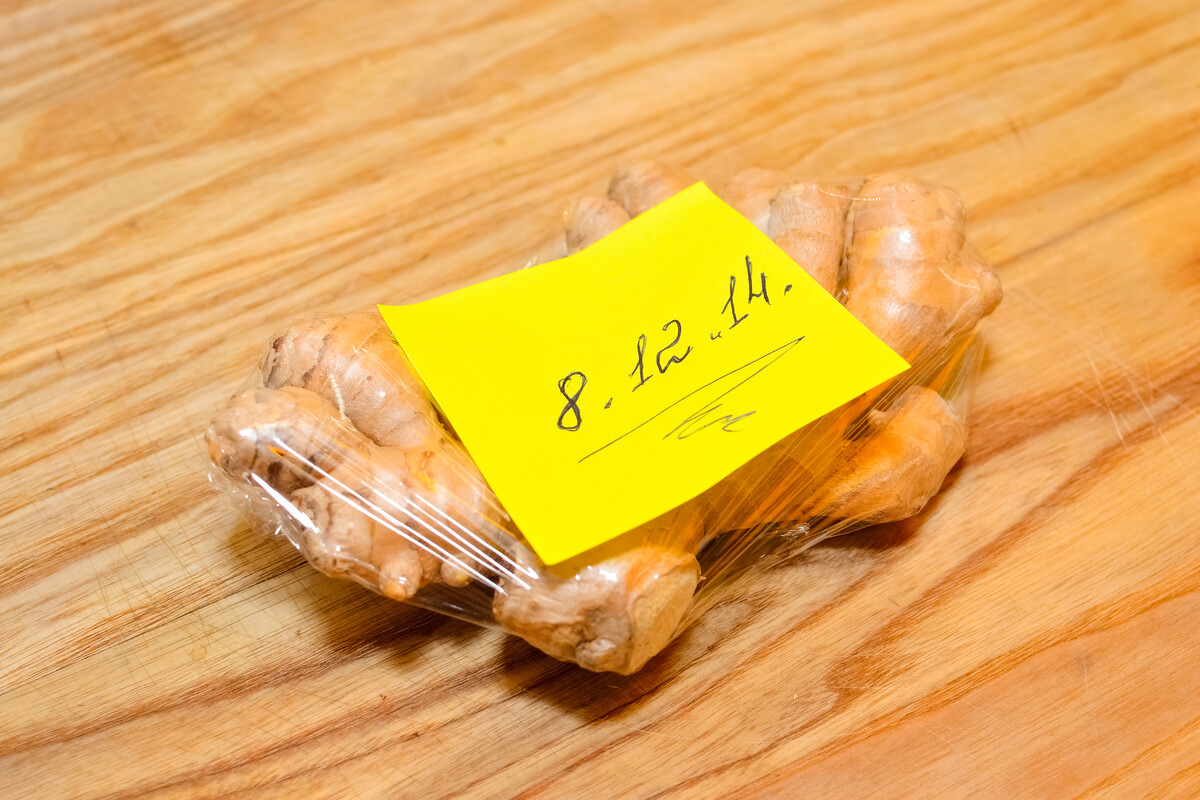
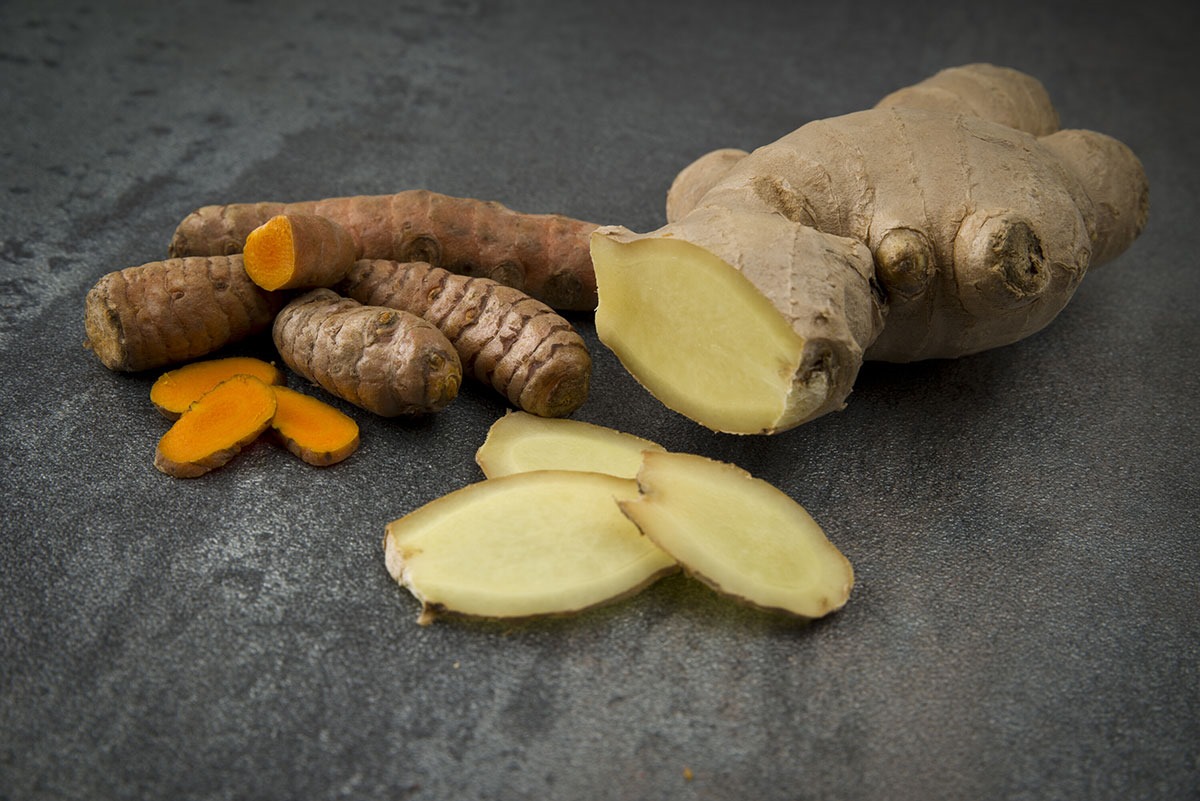
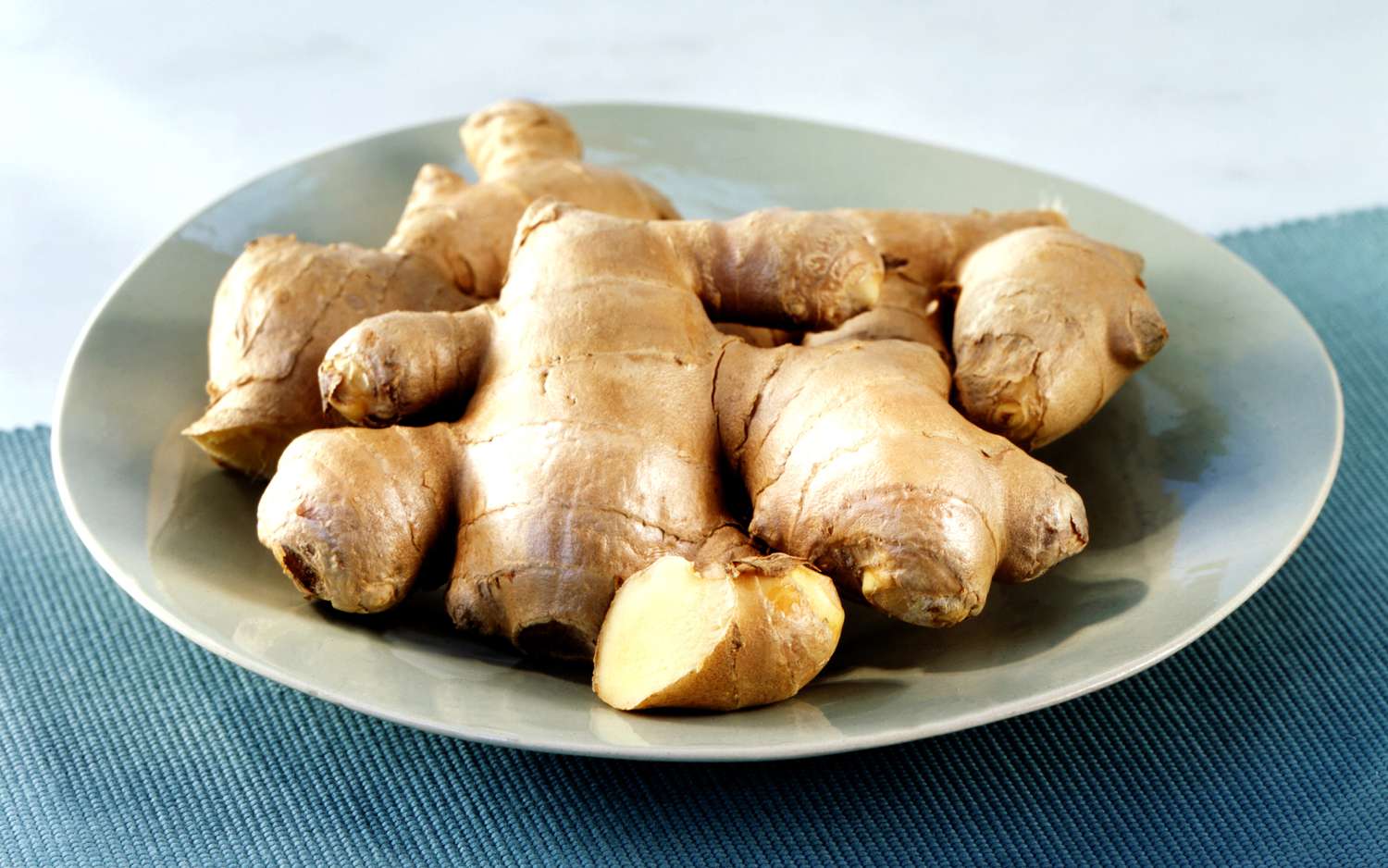
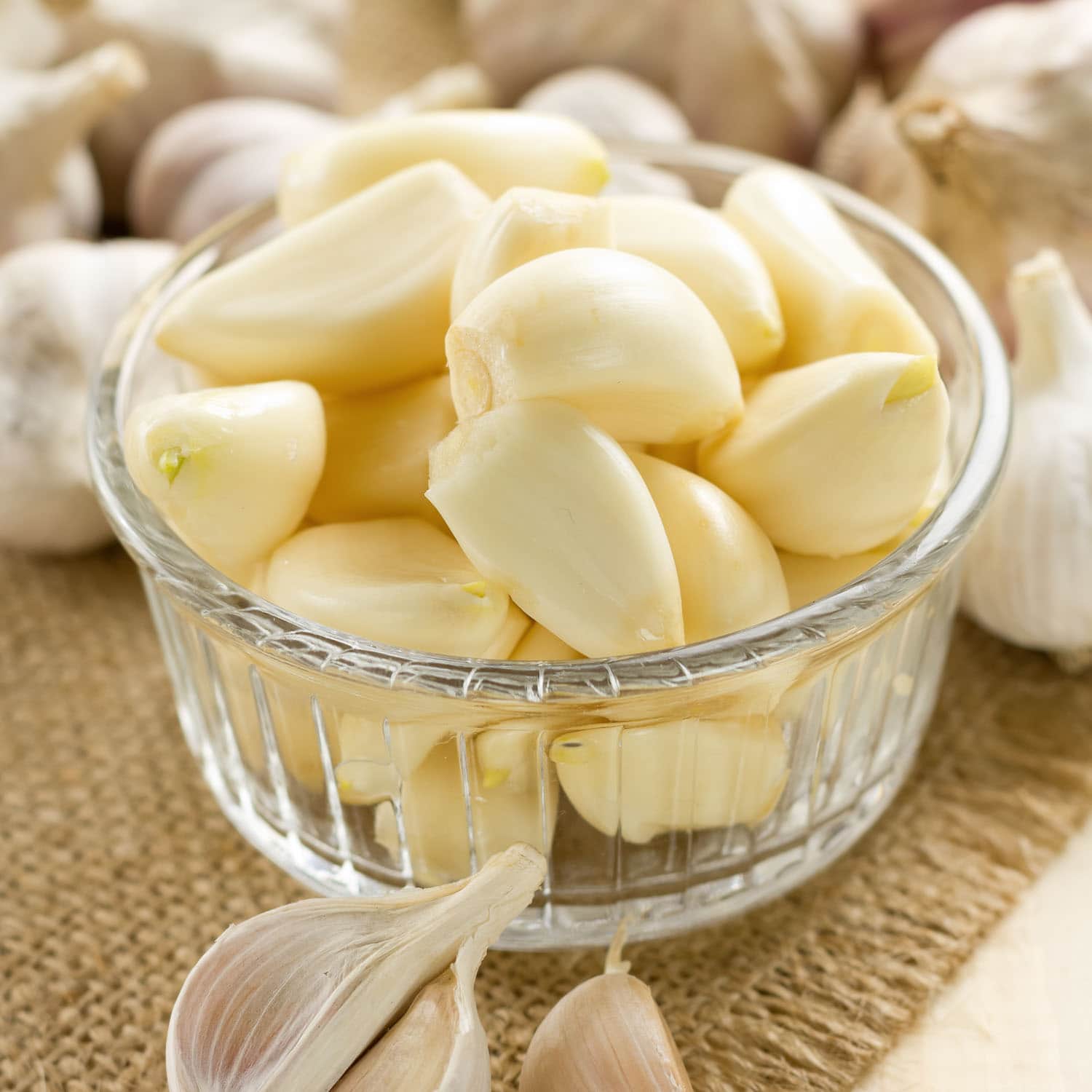
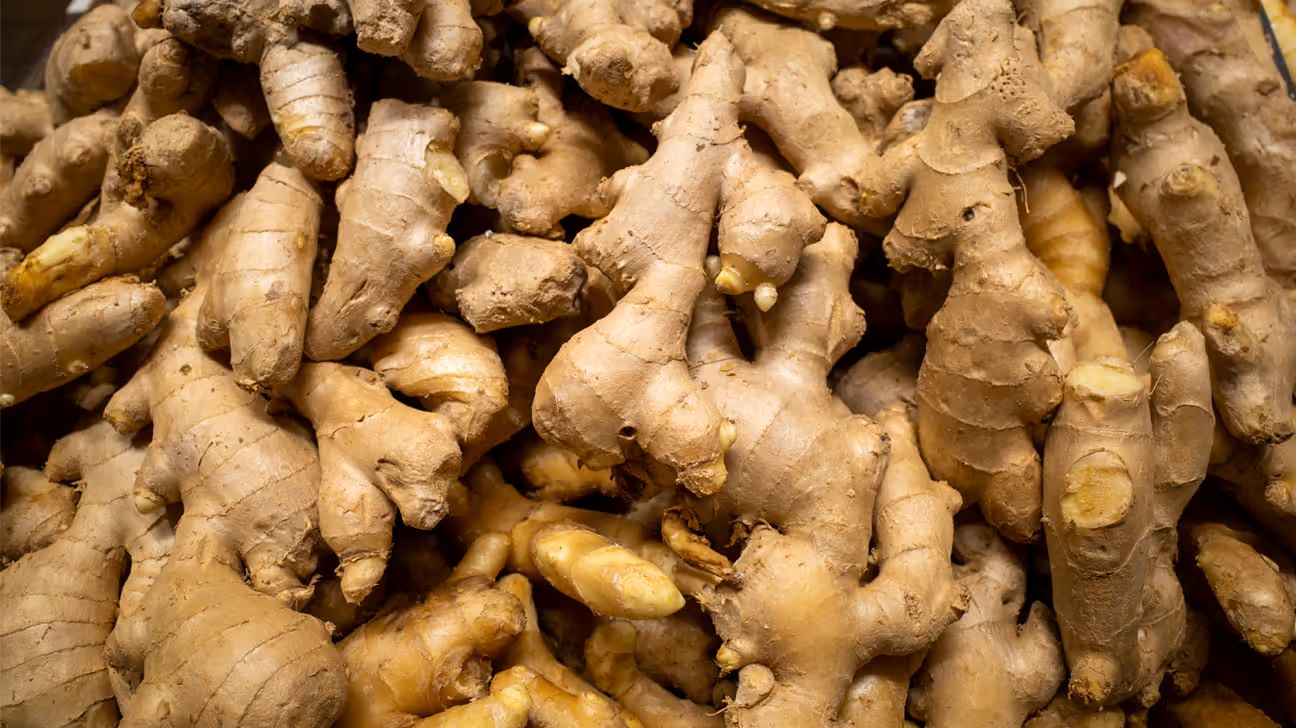
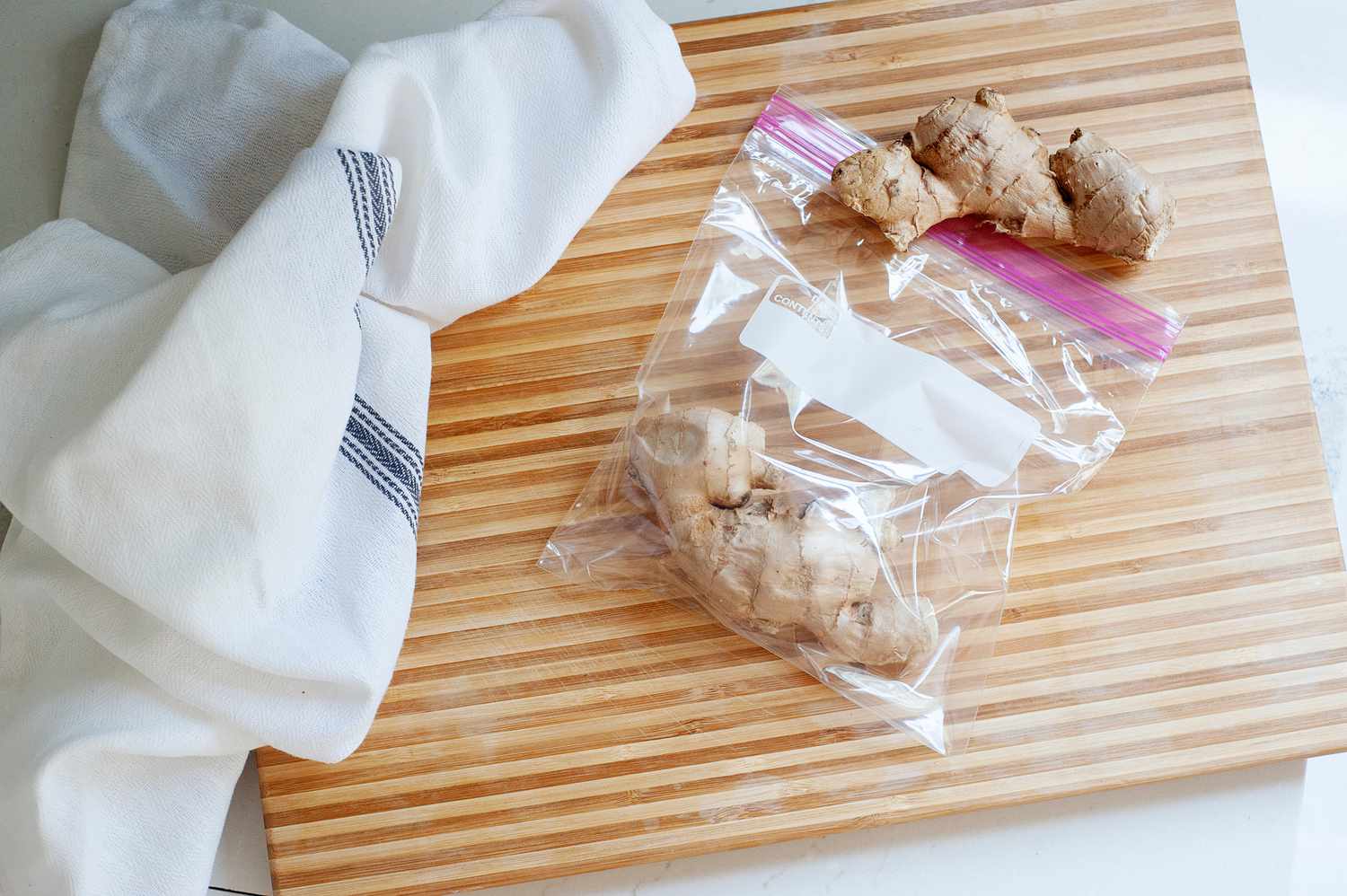
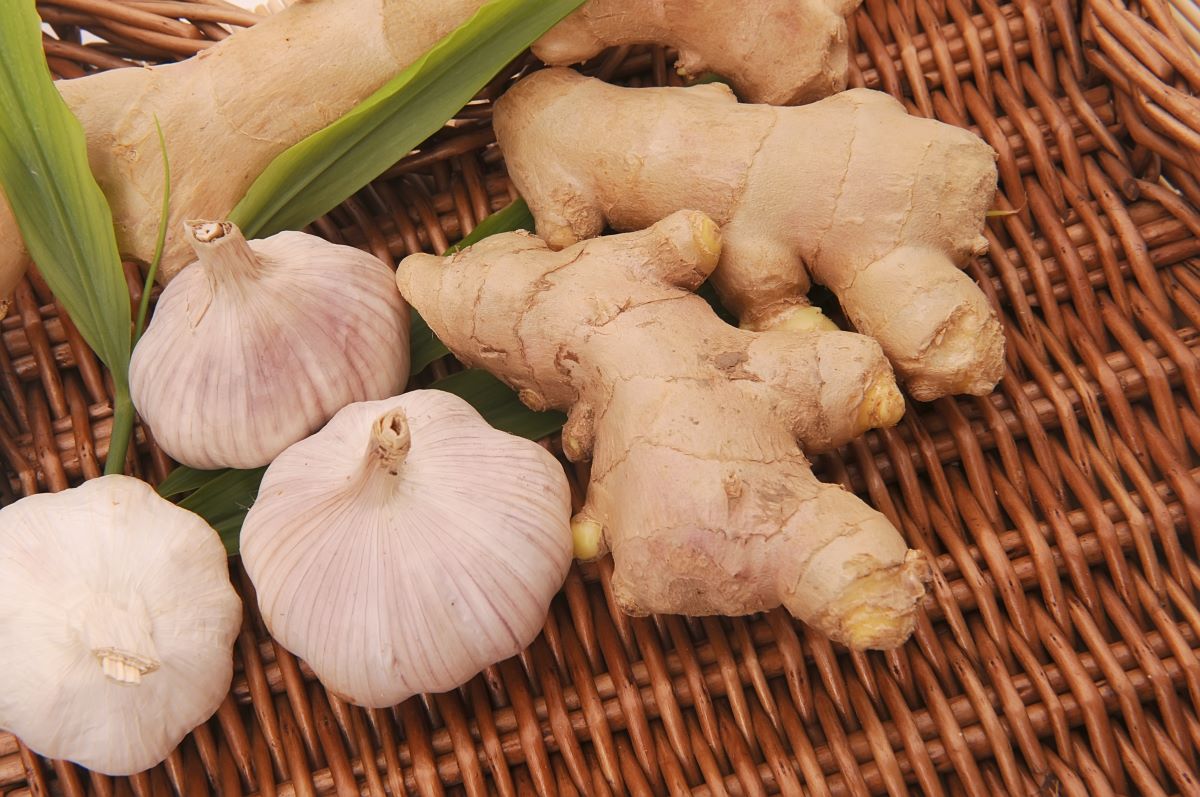
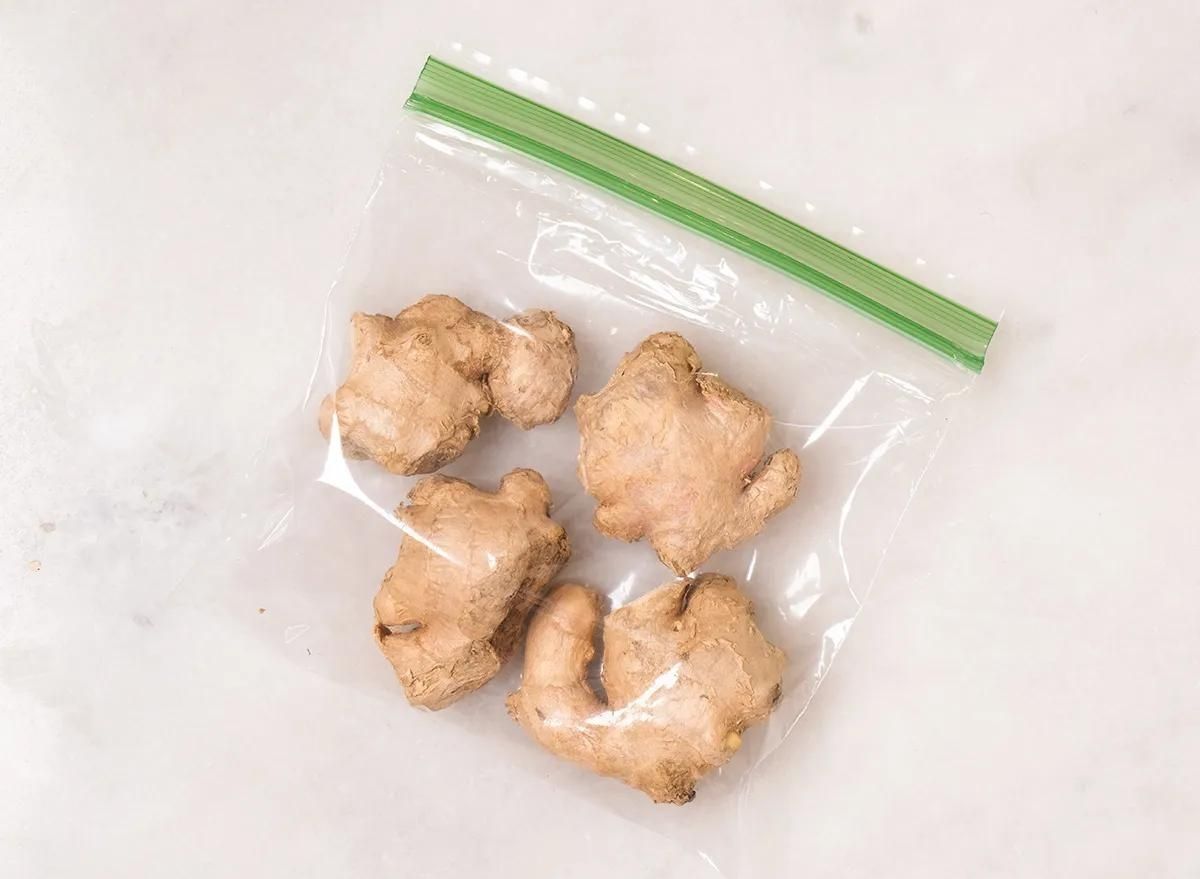
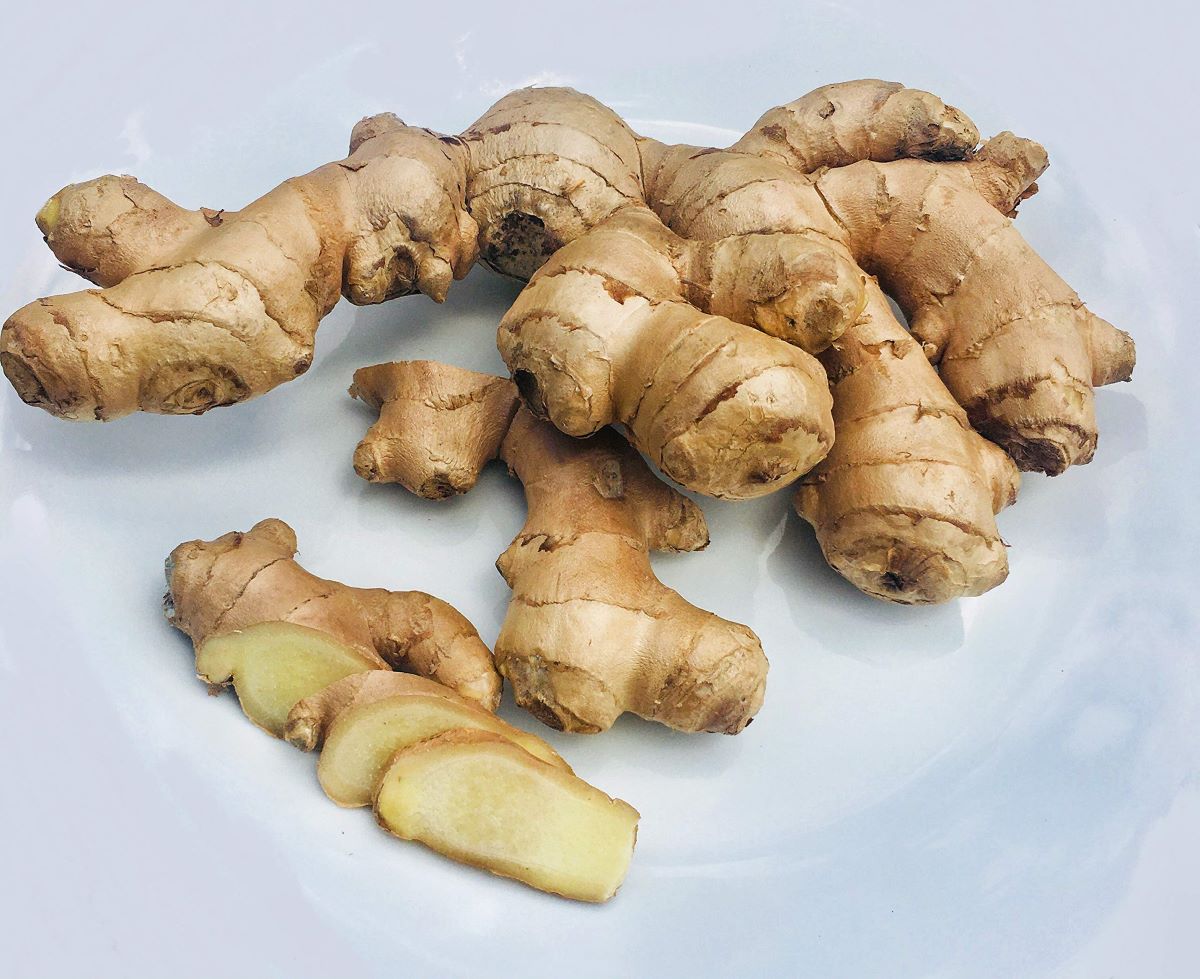
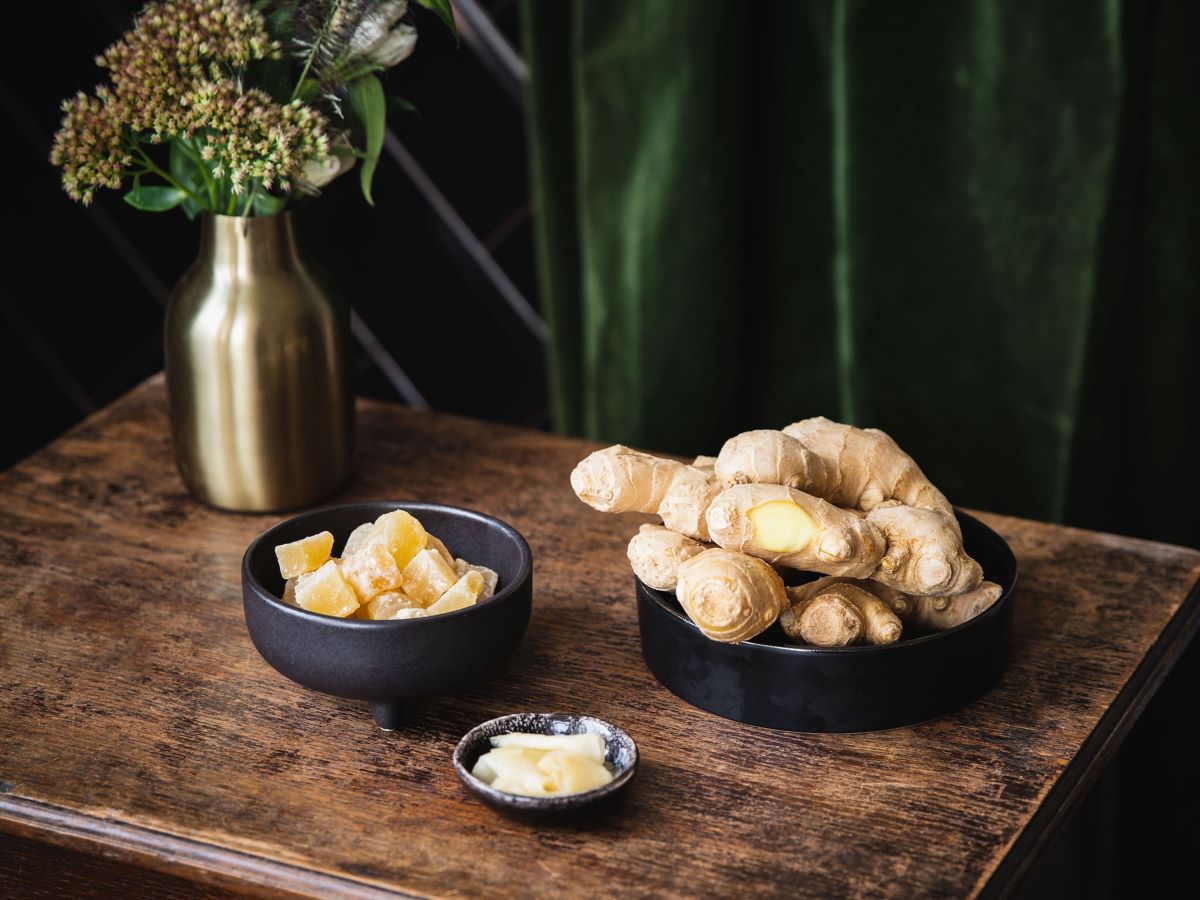


0 thoughts on “How To Store Fresh Peeled Ginger”